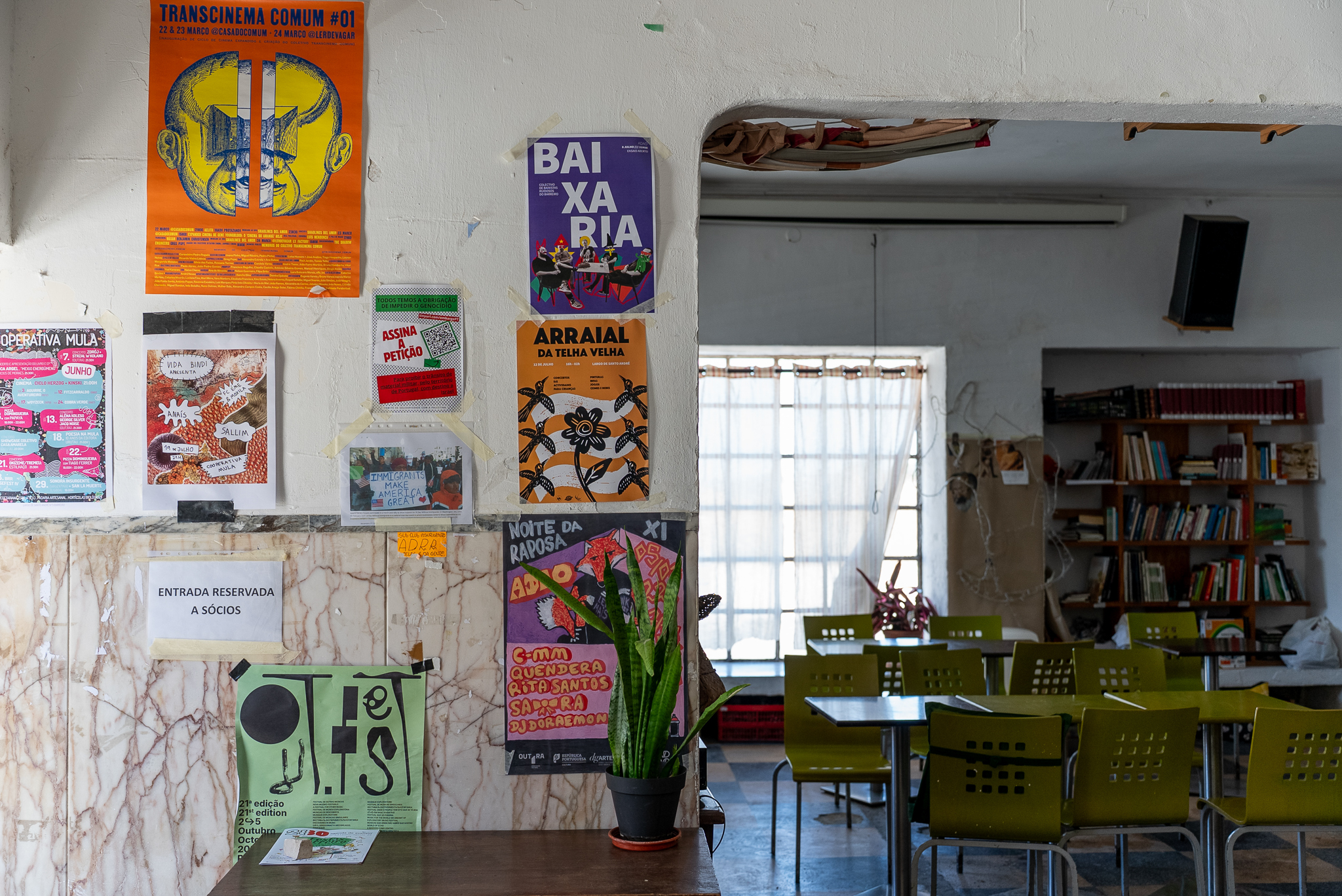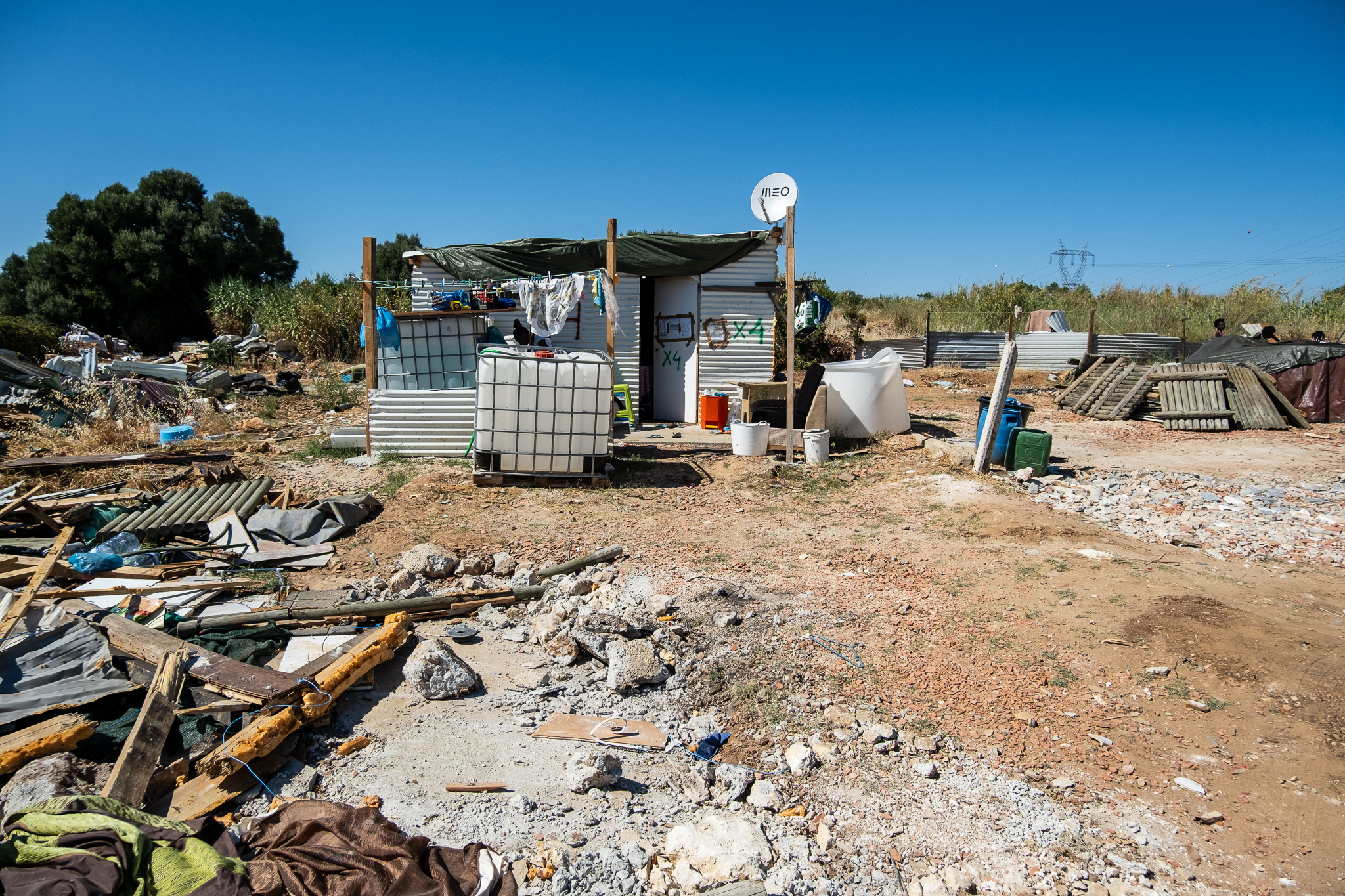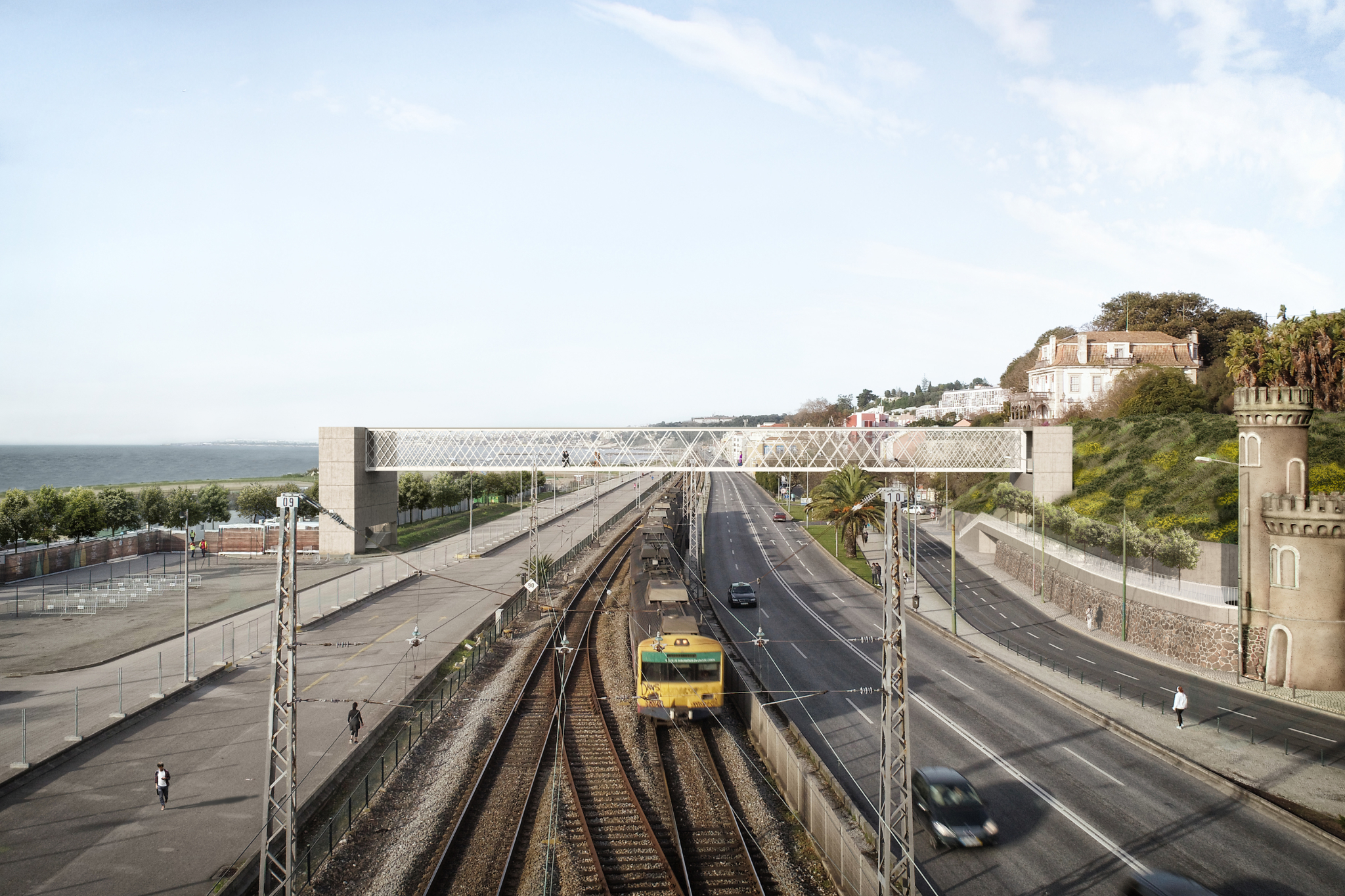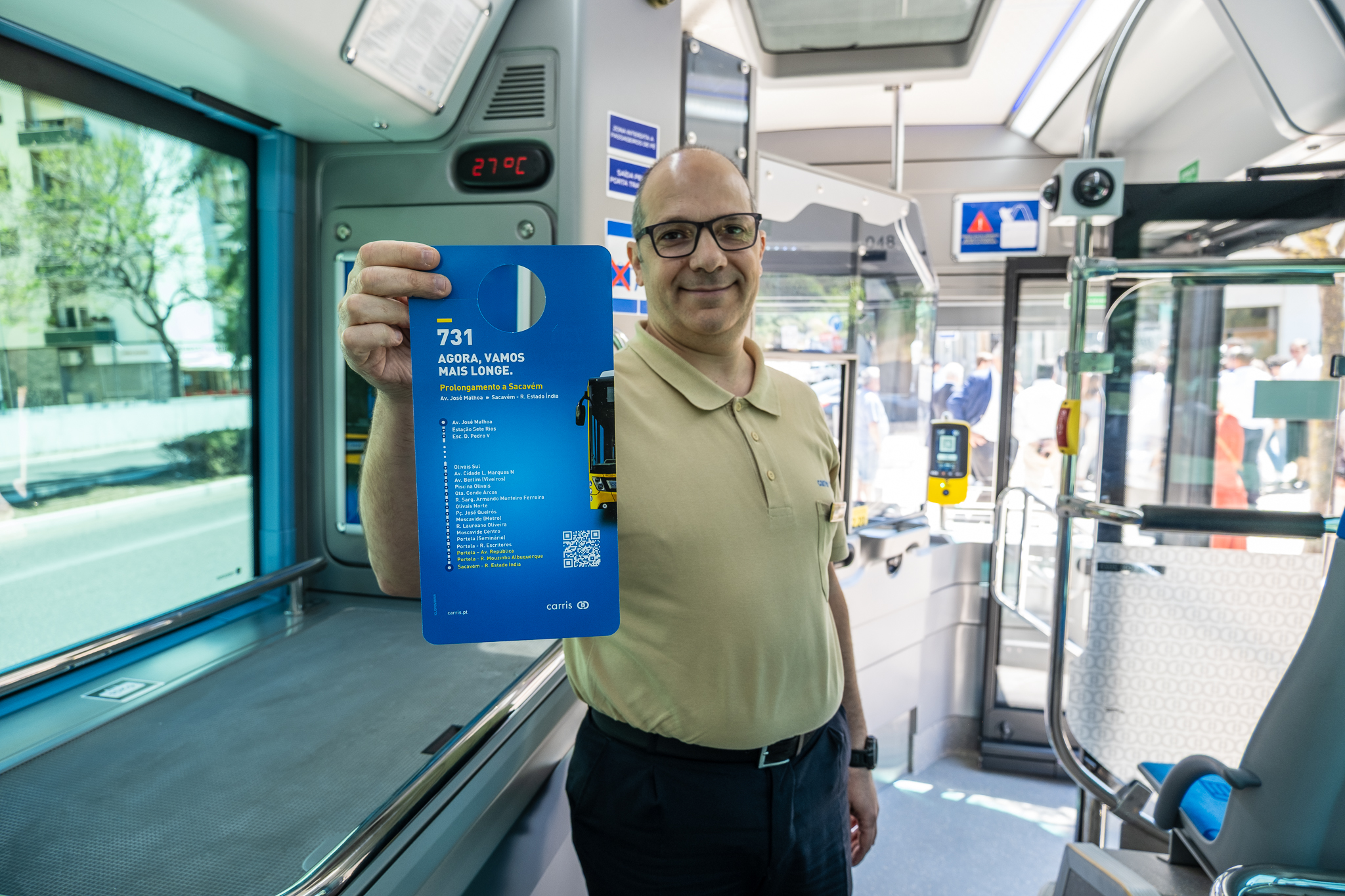Cooperative and collaborative housing was debated at the CCB's South Garage in Lisbon. New Ways of Living was a two-day meeting that brought together cooperatives, academics, specialists, political representatives and also some curious people of different ages.
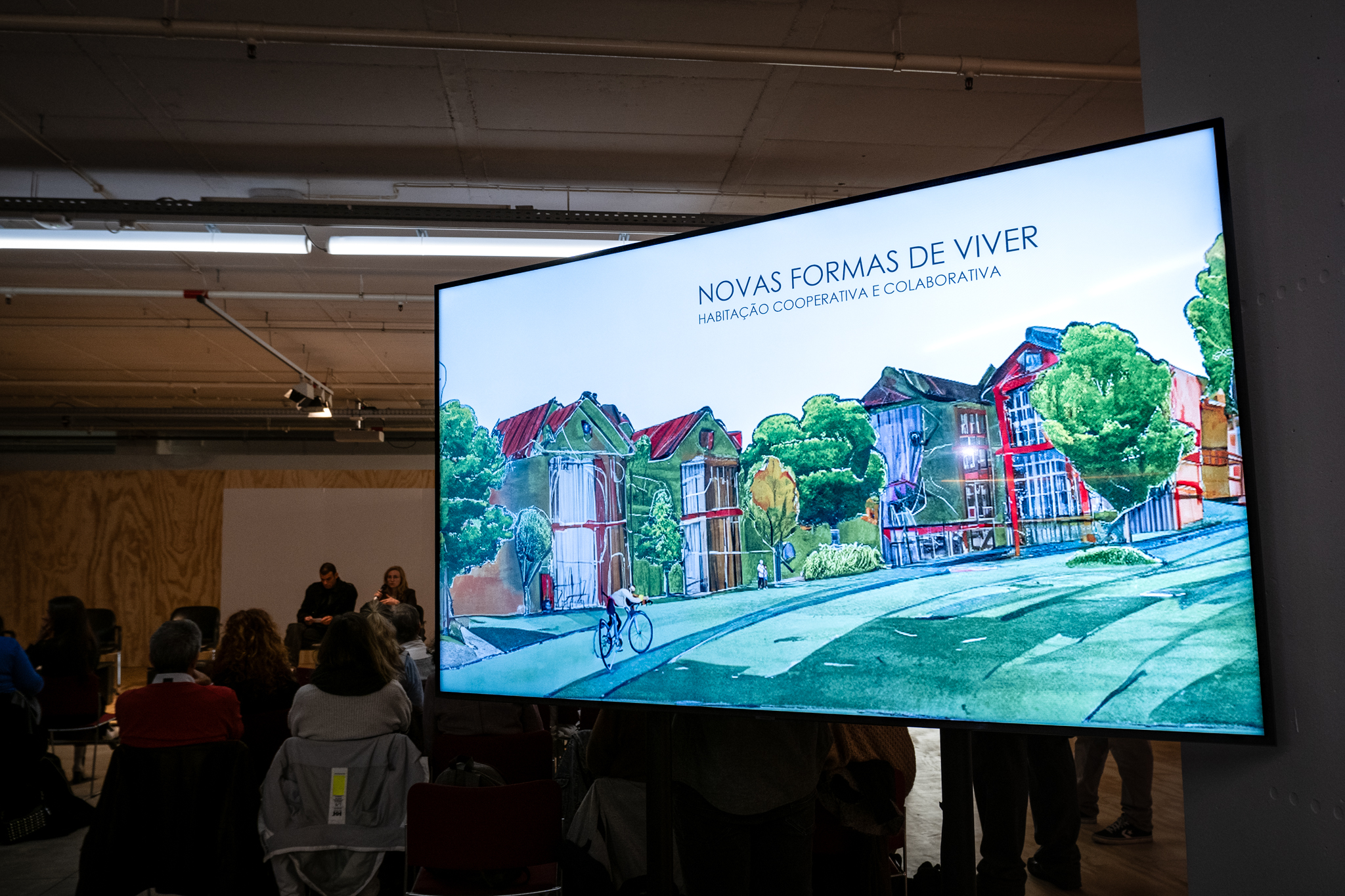
What if, instead of living in a building where hardly anyone knows each other and where the only collective gatherings are boring condominium meetings, we could live differently. Live in a more communal way, owning our home, which at the same time belongs to everyone - it belongs to the cooperative to which we belong. A designated cooperative and collaborative housing is an alternative model to the more traditional forms of access to housing and is gaining momentum at European and national level. It's a model with a long history, which is being reborn with different characteristics, based on lessons learned in the past, and which is also trying to respond to the housing crisis.
Cooperative and collaborative housing was debated for two days in Lisbon, more specifically at the CCB's South Garage. New Ways of Living was the title of the meeting, organized by the local newspaper Message from Lisbon and the Co-Habitar Network, a network of collectives and cooperatives for collective housing. "Co-Habitar is a network of cooperatives and informal groups that have organized themselves to respond to a very specific crisis, the housing crisis"said one of its members, Augusto Sousa, at the opening of the event. "We don't just want to build houses and give them to people. We want living to be synonymous with building more humane cities, we want to belong to the territories where our social networks are"he said, arguing that "the construction of collectively-owned housing must be a priority in public policy".
The meeting New Ways of Living took place on November 24th and 25th; the first day was more theoretical, although with debates and talks open to the public; the second was more practical, around workshops. Between the stage and the audience, the event brought together elements of the Government and the his Instituto da Habitação e da Reabilitação Urbana (IHRU), representatives of some local councils, members of the cooperative movement in Portugal, and also some people of various ages who were merely curious about the subject. The Minister for Housing, Marina Gonçalves, took part in the start of the work, showing that the government (which will soon be leaving office) has been supporting cooperative housing and that, through IHRUThere is a willingness to cede public land for the development of projects of this kind. For now two pilots, one in Setúbal and another in Gaia.
Cooperative housing, affordable housing
The first day of the meeting was organized into four sessions, which brought the panelists into an open and constructive dialogue with the audience. In the first talk, on "housing and habitat", Sara Brysch, a researcher at the University of Delft, with work developed in the area of cooperative and sustainable housing, recalled that "We tend to look to the public sector or the private sector for answers, but we, as citizens, have power. We can't do it alone, but we can get together and create relationships with the public and private sectors. There are successful European projects, we don't have to invent the wheel". Sara brought some examples from Barcelona, Lyon and Brussels - different cases that illustrate precisely the diversity in this area of cooperative housing. “When we talk about cooperative housing, we're talking about an umbrella that combines several things." Sara basically identifies two main currents: one "urgency front"in which people mobilize to "finding non-speculative housing models" and create opportunities for access to housing; "and a front related to living in community, combating loneliness, managing the building collectively, sharing spaces". Between these two fronts, there are different realizations: from self-management or collective self-construction initiatives to the so-called community land trustsIn this way, the land is taken off the market and into the hands of a cooperative that manages it, putting the collective interest first, without forgetting the simple housing cooperatives or even the model of co-housing.
According to Sara, a central point in the cooperative housing conversation is the relationship that can develop between future residents and architects. "The role of the architect as a professional changes, he acquires the skills of a moderator and facilitator"and developing participatory and co-design processes with future residents. They, in turn, "they move from being passive to being active, assuming greater responsibility for the whole process"They can participate in defining the types of apartments, the common areas, the parking policy... in short, they can design the houses to their liking. "Generally, when there is an intention to share spaces, we have smaller private spaces, which are compensated by the collective ones"We can even dispense with the balconies facing the street in favor of the common interior areas, which have a meeting function in addition to their traditional circulation function. But of course, as Sara warned, these participatory processes can lead to conflicts and increase the time it takes to develop projects, hence the need for architects to act as mediators.
As with everything, there are advantages and disadvantages; but, as the researcher points out, the fact that people are involved in the designs can make the result cheaper. "It's more economically efficient to build collaborative housing, which can be good news"said Sara Brysch, presenting some data and scientific evidence from her doctoral thesis on the subject. Indeed, "The way housing is designed can also contribute to greater accessibility. When we bring the community together, when a group of residents is involved from the start, the chances of having affordable housing are greater, you can reduce construction costs"For example, designing buildings according to people's needs, without redundant or unused spaces. However, sometimes outdated or inflexible legislation can be an obstacle to realizing these collective wishes. Sara said that it may be necessary to "questioning current legislation" and change it "in a collaborative process" with the city council or the government; if this isn't possible, creative solutions can be found. He gave a real example: building the required parking spaces but using them as gardens and vegetable plots.
Processes, not projects
In Portugal, the Ministry of Housing is not alone in promoting cooperative housing projects. The Ministry of Labor, Solidarity and Social Security is doing, but with a view to housing and integrating the most vulnerable, such as the elderly and people with disabilities. And throughout these two days, in the CCB's South Garage, there were people linked to various new generation cooperatives that are trying to contribute to resolving this difficult housing crisis - cooperatives such as Aldrava, a Brejos Faria, a Beehive 62 or the CoopArroioswhich are part of the Co-Habitar Network. There is even a new push for cooperative and collaborative housing - from the political field to civil society. Portugal is not alone: the movement is also European.
But what lessons can we bring from the past to the present? "We're not going to experience a new SAAL, a SAAL 2.0. It's going to be something different, but we can learn from SAAL and from the past"Sara clarified. This is also the conviction of Ricardo Santos, an architect and professor at the University of Porto, who recalled that SAAL, one of the most important housing programs in our country and which had "a slowdown with November 25th". "This new European movement of cooperatives has come as a consequence of a lot of work done by many people. We now have more conditions and tools to give a new response to new problems"he said. "SAAL was innovative, in terms of this idea of turning a project into a process, a process that begins before the project, continues after the work and beyond the handing over of the keys, and continues in people's lifestyles."
"In an organization around a cooperative, we're talking much more about community accompaniment than an architectural project, houses or getting people to live in places without talking to each other, without accompanying them." Ricardo Santos pointed out that "Through participation, it is possible to build more lasting relationships for the future and establish a bond around the difficulties". "The difficulties are always greater than the achievements, but around the difficulties it is possible to create bonds and achieve more substantial results"cooperatives and cooperative networks can make a contribution in this regard. Showing on the screens in the room "faces of people who have fought in the same way that many of us have fought and struggled"The professor explained that the mobilization of different sectors is fundamental, and that it is important to work in a network and in a multidisciplinary way. "We were able to reach many more people, many more places. Architecture is just the disciplinary basis in the process"he said.
Seizing opportunities
In a second panel, the theme was the relationship between public policies and the new generation of cooperatives. Paula Marques, former Lisbon Housing Councillor and currently working at the Ministry of Housing, explained that the government's commitment to the new cooperative models "it's not a rejection of the cooperative movement of the 1990s and the role it played in housing for the working classes"and that in this new generation it is important to make room for the "trial and error". For her part, Susana Mourão, a technician from the Évora City Council, emphasized the role of residents' associations as "a first way for people to mobilize". "It's much easier for us technicians to work with people who are organized in residents' associations"so, "we want to set up neighborhood associations to defend their rights and obligations". Filipa Cabrita, an architect and co-worker at Minga, in Montemor-o-Novo, lamented a the local authority's apparent lack of interest in cooperative housing projects. "I would like the political will in Montemor-o-Novo to be effective and to allow us to come up with concrete proposals. We have an easier time reaching the government than the municipalities"he said, adding that "the cooperatives, by trying to solve the housing problem, are already bringing the public interest into play".
For his part, Guilherme Rocha, from the Corte Real cooperative, presented the work being carried out in Moita, a municipality in the Lisbon metropolitan area with "many shortcomings". It's a job that "it started with a cooperative to provide a social response in the education sector" - Colégio Corte Real - which was expanded with a vocational school, and which now "cooperative housing has arrived". Guilherme says, "sometimes you have to seize an opportunity when it arises" e "the RRP was an opportunity for us to move forward with this project"which will allow you to build "20 houses, all single-storey and independent, for 53 residents, with communal spaces". The cooperator looks at all these projects "in an integrated manner" He explained that the idea is to establish relationships between them - between the college, the vocational school, the professional housing and also the residence for the elderly, another project that Corte Real is launching in Moita. "The senior residence is also the result of an application we made to speed up this work and respond to the elderly population without the capacity for mobility and autonomy, but also for those who have it."
The meeting saw active participation from the public throughout the day. Tiago Mota Saraiva, an architect and member of CoopArroios, for example, took the microphone to challenge public and municipal entities to open up their major urban planning processes to cooperatives: "I'd like to understand why cooperatives aren't part of large public or municipal production processes, developing pieces of these processes, building a building within these large processes." The challenge didn't receive a clear response from the leaders present, but the seed was planted.
IHRU available
After a communal lunch, the afternoon began with the sharing of some European testimonies, particularly from France, Berlin and Barcelona. Ricardo Devesa, a teacher, brought from the Catalan capital the media case of the The Edge. And he declared: "The most important step was taken when the council decided to integrate cooperativism into the housing department and start giving away land for the construction of municipal housing." For his part, Romain Troeira, from the French movement Habitat ParticipatifHe said that the existence of municipal support is very important; and that this is why there are already more than a thousand cooperative projects throughout France and that, in Lyon, after a few success stories, there is the ambition to have more cooperative projects. "a cooperative project in every parish".
The day ended with one of the most sensitive issues for the audience: funding to support cooperatives and guarantee the general interest. In this panel, Filipa Serpa, from the Institute of Housing and Urban Rehabilitation (IHRU), which is the government body working on the cooperative projects in Setúbal and Gaia, explained that these "These are pilot projects that we hope will inaugurate this new generation of cooperatives, testing the way so that later on we can find a way of doing things that is more defined and structured in some way.". She pointed out that the IHRU "wants to be a partner for cooperatives because, in addition to promoting and increasing the public housing stock, we believe that there is space and a market for all forms of housing promotion".
Finally, Filipa challenged everyone present: show interest, share the projects you want to do; because the IHRU has public land available to give away for 75 to 90 years. "These are plots of land that should remain within the cooperative and the public sector. They're not for the private sale and purchase market."
You can read another report from the meeting New Ways of Living in the Lisbon newspaper Mensagem. And watch a short video summary here:

